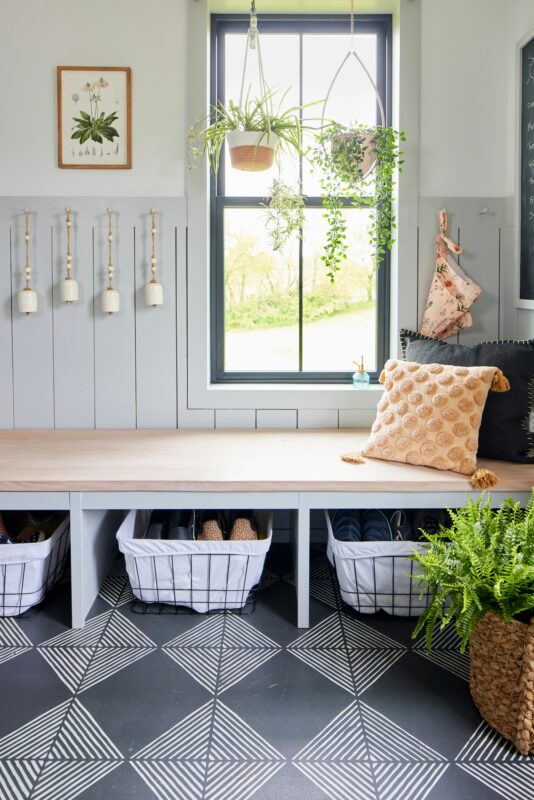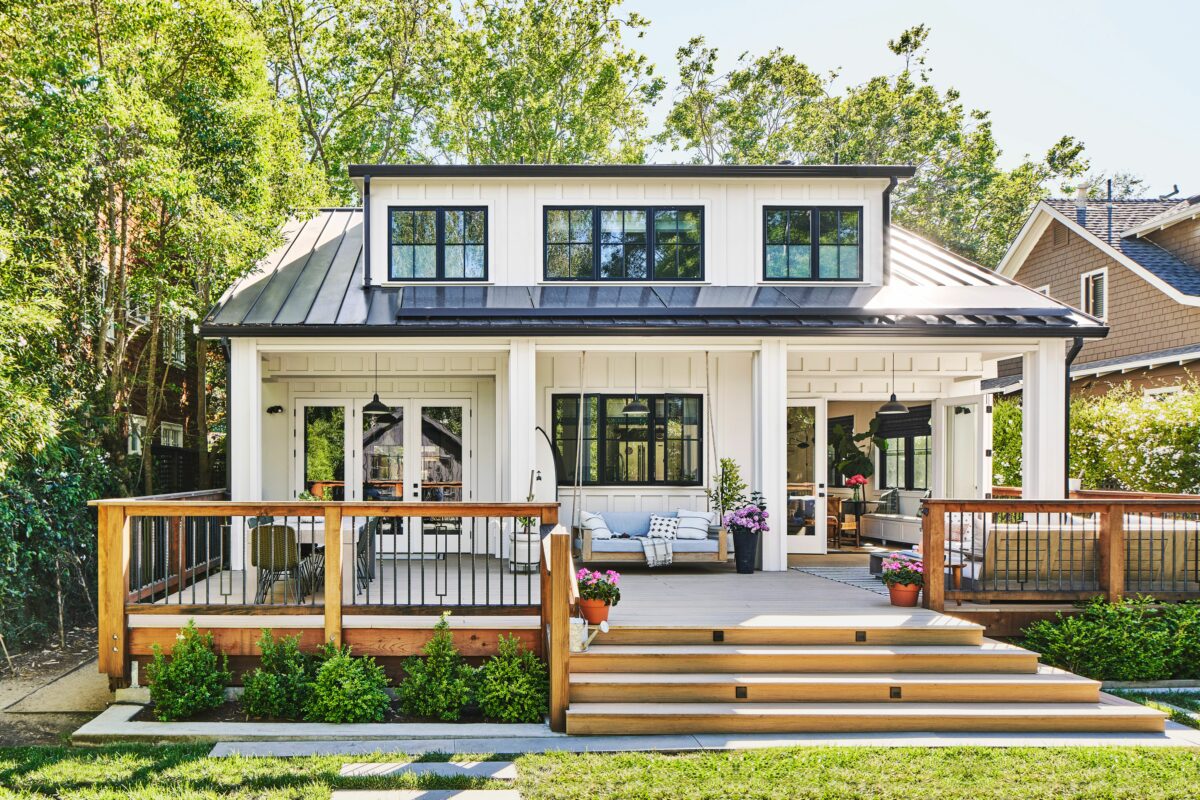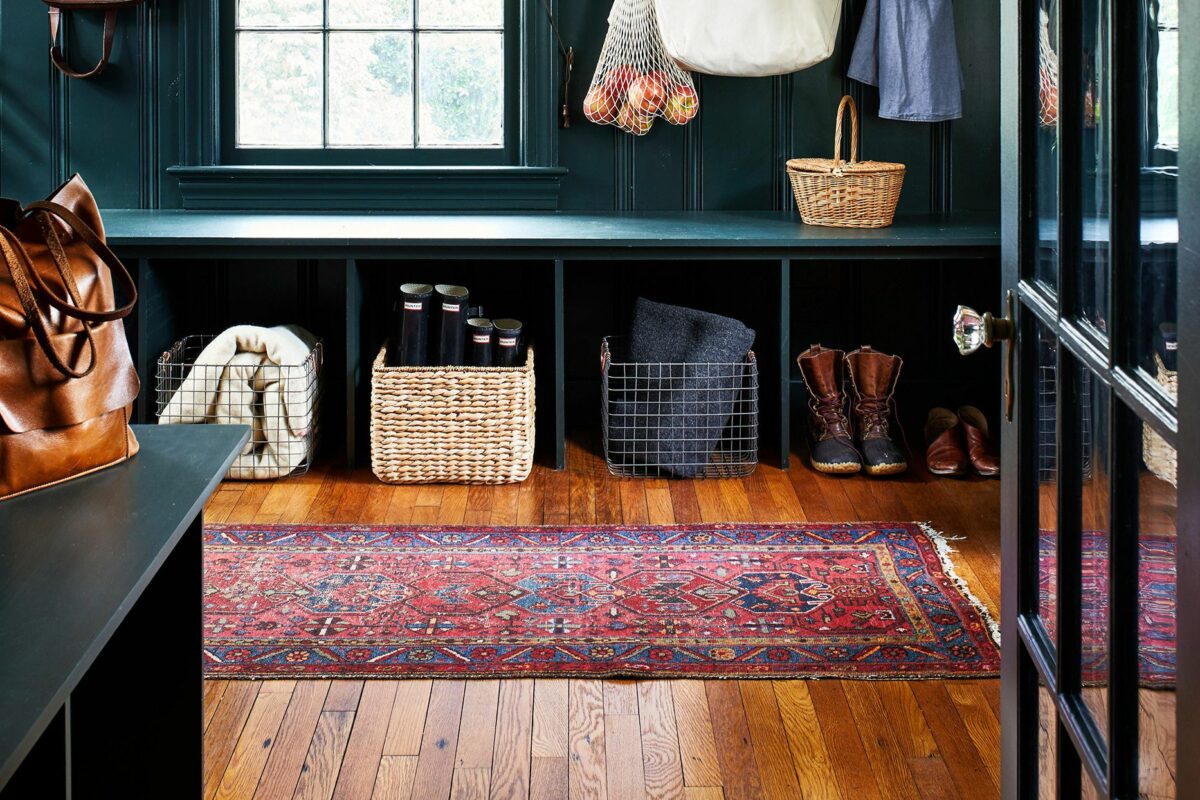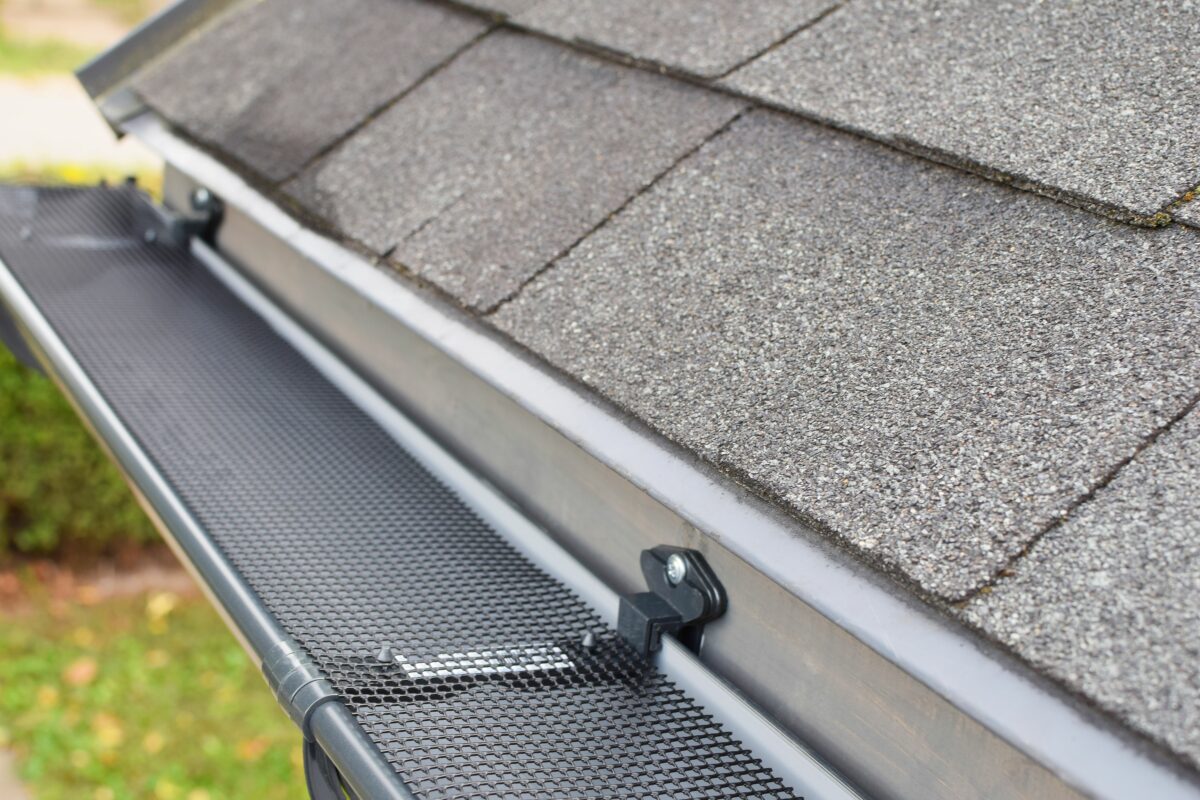Hardwood floors come in a wide variety of colors, patterns, and wood species, allowing homeowners to select a look that appeals to their personal tastes and matches their home aesthetic. Unfortunately, wood floors can fade over time, causing the wood surface to look aged and worn. However, by determining the cause of fading floors, you can take appropriate action to protect your home’s floors. Use this guide to learn more about what causes wood floors to fade and how to keep them looking their best.
What Causes Wood Floors to Fade?
1. Direct Sunlight
Sunlight is one of the most common reasons for wood floors to fade. The color deterioration occurs due to overexposure to ultraviolet (UV) light, visible light, and infrared (IR) light, though UV light is the largest contributor to the problem. The effect can be seen by moving a piece of outdoor furniture to expose a long-covered patio stone or section of the deck. The covered area is typically darker than the rest of the space, which was left uncovered and exposed to direct sunlight.
2. Moisture
Moisture is another cause of fading and discoloration. This can be due to small spills, leaks, flooding, or long-term exposure to high levels of humidity. Generally, a wood floor has a protective sealant to help prevent damage to the wood, but the sealant can wear off over time, especially in high-traffic areas of the home. However, even if the floor is sealed correctly, high moisture levels in the air can seep into the wood, so it’s essential to address moisture-related issues as soon as possible.
3. Dirt, Grit, and Other Debris
Usually, dust, dirt, grit, and other debris that tends to collect inside the home doesn’t affect the color or quality of wood floors due to a protective sealant. However, when a floor is not regularly resealed, this protective layer gradually wears down to the point that the wood is exposed. Once the wood is exposed, it is more vulnerable to sunlight, moisture, and stains. Dirt and grit contribute to premature wear of the sealant, causing the accelerated fading of the wood, and may also stain the unprotected wood.
4. Salt
Road and sidewalk salt is commonly used in colder areas of the country to melt icy surfaces and make it safer to walk and drive. Unfortunately, entering the home with a slurry of ice and salt on your boots can damage the wood floors. The corrosive nature of the road salt can eat away at the protective sealant on the floor, damage any exposed wood, and cause staining or discoloration.
5. Age
The older a floor gets, the more likely you will see the wood fading. Even with proper care and regular maintenance, floors gradually wear out with continued use. The speed at which this occurs depends on the amount of foot traffic through the area and the quality of maintenance the floor receives. Ultimately, whether it’s the sun, moisture, or simple regular use, the wood will begin to fade, indicating that it may be time for an update.
How to Prevent Wood Floors from Fading
1. Limit Exposure to Sunlight
The best way to prevent wood floors from fading is to protect them from direct sunlight. UV radiation has a consistent damaging effect on wood, causing discoloration and fading. To stop this from occurring, homeowners can position furniture and floor rugs to limit exposure to sunlight, close curtains or blinds during the day, or install UV-blocking window film.
2. Move Area Rugs and Furniture
Since some sunlight will enter the home, parts of the floor will start to fade before other areas. Shifting the area rugs and furniture around occasionally can equalize the UV exposure while slowing the overall fading of the wood floor. Even if the space is too small or cramped to move the furniture, rotating the area rugs for a more even appearance is a good idea.
3. Refinish and Reseal the Floors
Part of wood floor maintenance is resealing the floor every two to three years or as needed. If the floors have already started to fade, homeowners can refinish them, apply a new stain to rejuvenate the appearance, and then reseal the floor with a UV-resistant and moisture-resistant sealant. Remain consistent with wood floor maintenance to keep the floor in good condition as long as possible.
4. Clean Regularly
Keeping the floor clean reduces the risk of fading by removing dirt, dust, and grit that might otherwise damage it. Keep a broom nearby to sweep the wood floor once a day, and plan to mop it every one or two weeks, depending on how frequently it is used. This basic maintenance task protects the sealant and underlying wood floor from physical damage.
5. Keep the Wood Floor Dry
Moisture can cause many problems for a wood floor, including swelling, warping, and discoloration. That’s why it’s necessary to take care of moisture-related issues as soon as they occur. This can be anything from cleaning up a spilled glass of water to handling a leaky pipe or dealing with a minor flood.
Use a dry cloth to clean up small spills and leaks, but switch to a more appropriate cleaning option, like a wet/dry vac, to clean up a large amount of water.
6. Protect the Wood Floor with Area Rugs or Mats
Area rugs and mats protect wood floors. The padded surface blocks UV radiation and reduces the wear and tear the floor normally receives through regular use. However, using rugs with an open backing to prevent moisture from building up underneath the mat or rug is important. Additionally, it’s necessary to rotate the position of the rugs to equalize the UV exposure.
7. Control Indoor Humidity Levels
Wood floors are designed for controlled climates with humidity levels ranging from 30 to 60 percent. If the humidity indoors is too high, it can cause wood discoloration, warping, and buckling. Similarly, if the indoor humidity is too low, the wood floors can crack and dry out. Protect the wood floors by controlling the indoor humidity using a humidifier to treat low humidity levels and a dehumidifier to deal with high humidity levels.
Factors That Can Affect Fading
Wood Species
The type of wood used to make the floors can affect the speed at which the floor starts to fade. Some species, like maple, red oak, and hickory wood, tend to fade at a relatively slow rate, gradually becoming a lighter shade. In contrast, other species, like Brazilian cherry or tigerwood, are more susceptible to UV radiation, causing them to fade faster. Some dark woods may turn darker instead of getting lighter over time.
Type of Sealant
In most cases, a wood floor has a protective sealant to prevent damage from UV radiation, moisture, and regular wear. However, the type of finish applied to the floor can vary, causing a difference in how quickly the wood fades. Moisture and UV light are the most significant causes of fading, so sealing the floor with a UV-resistant and water-resistant sealant is recommended.
Condition of the Wood Floor
When the wood floor hasn’t been resealed since it was installed, there is a higher chance that the wood will fade due to exposure to UV radiation. Similarly, if the floor is cracked or scratched, this creates openings in the sealant where moisture and dirt can enter, causing the floor to swell and become discolored. However, if the wood floor is kept in excellent condition and regularly resealed, you may be able to slow the effects of UV exposure and reduce the rate at which the wood fades.
Foot Traffic
Wear and tear affect the condition of a wood floor. The more frequently a specific area of the floor is used, the faster the protective sealant wears down, which is why it’s a good idea to use rugs or mats in high-traffic areas to help prevent premature wear to the wood floor. Select floor coverings with an open backing to prevent moisture from building up and regularly clean under the mats so the floor cannot be damaged by excess dirt and grit trapped under the mat.








